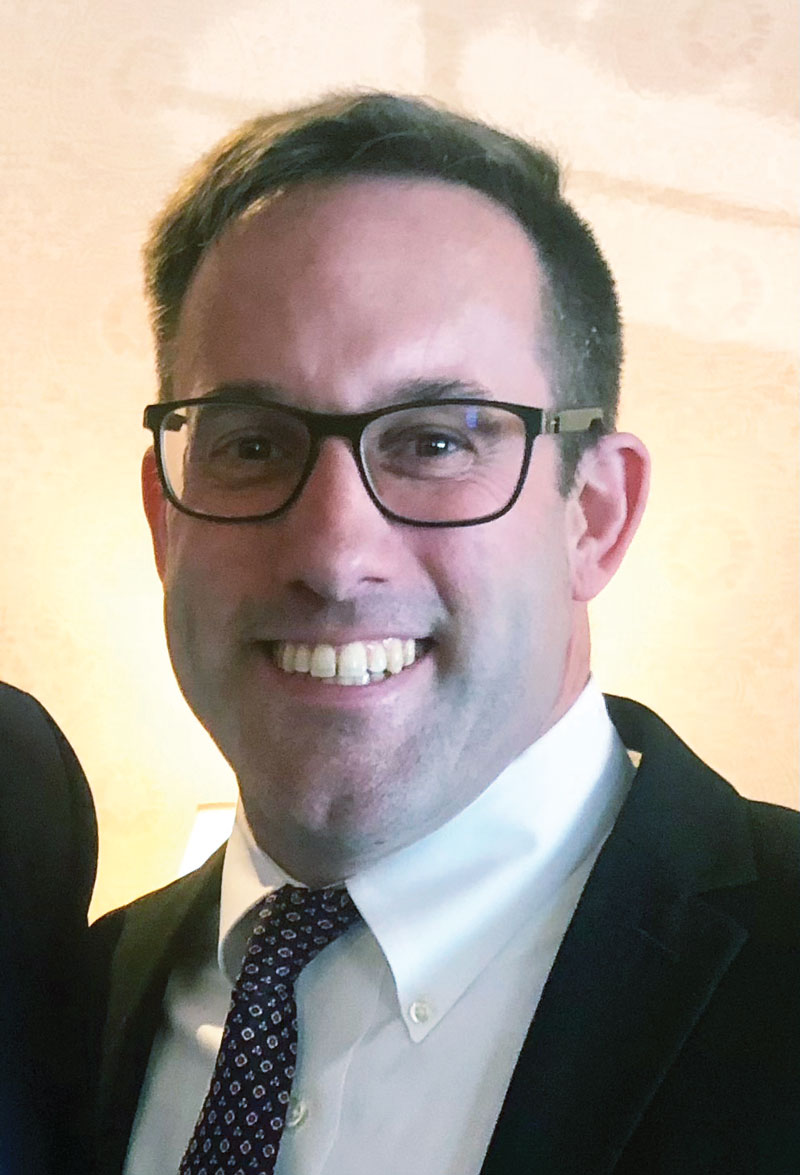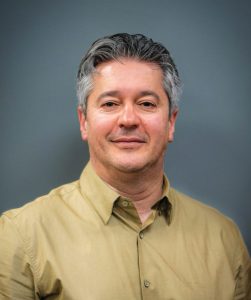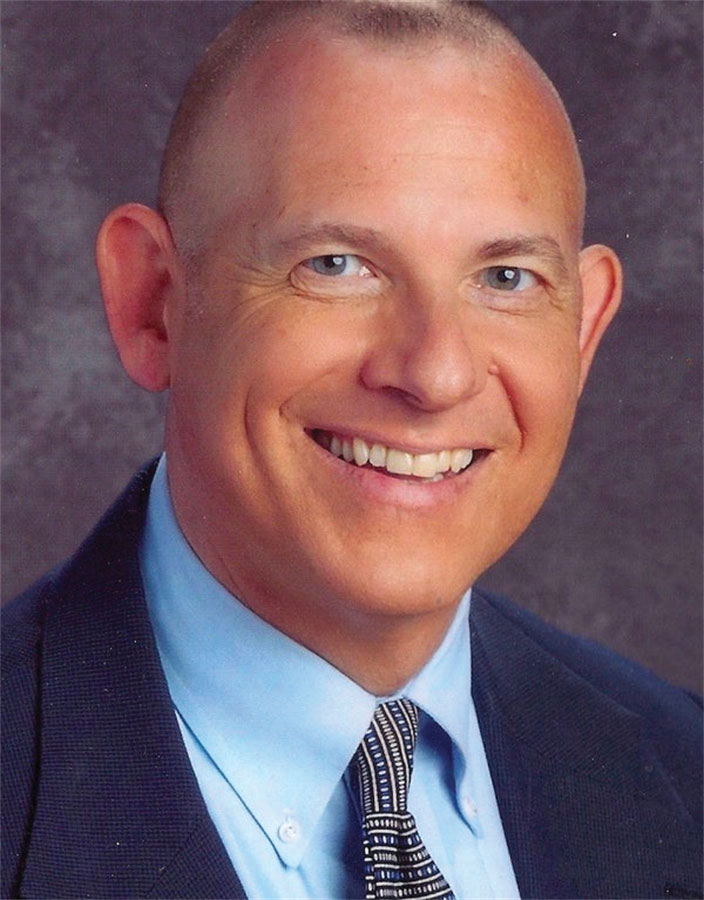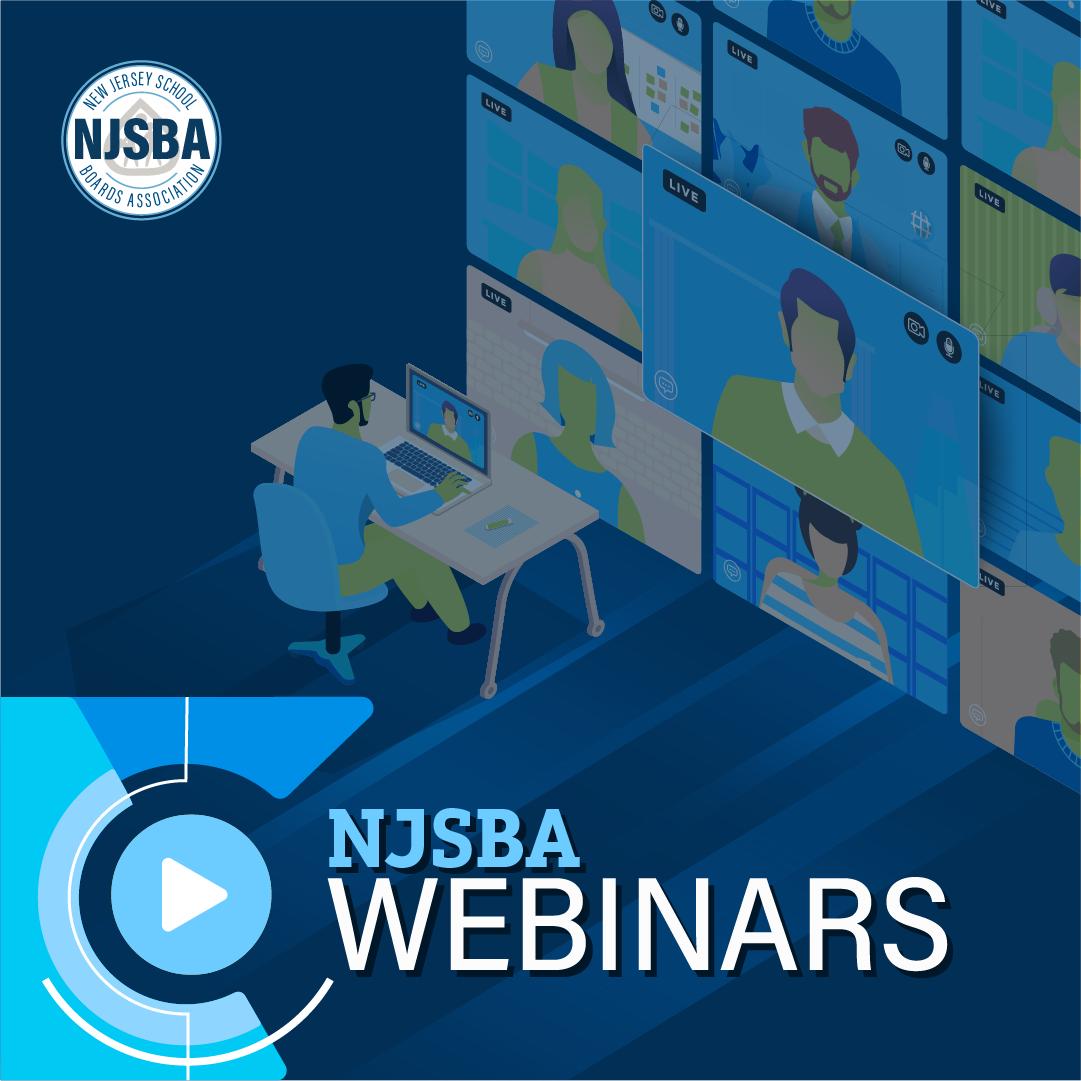The rise of ChatGPT and other artificial intelligence programs in education can sometimes sound like the plot of a horror movie.
ChatGPT has escaped from the lab! ChatGPT is oozing into the school! Oh, no!!! ChatGPT has seeped in to third period AP English! Run up the stairs, critical thinking and original thought! You’ll be safe there!
That tracks with the theory of Tom Tucci, director of technology and special projects for the West Deptford Board of Education in Gloucester County, who believes most people either don’t know what ChatGPT is or obtained their knowledge from “a two-minute news clip.”
The reality is far more optimistic, though not without concern.

A Tool, Not a Threat What has surprised educators and administrators wasn’t the technology itself — “Everyone was waiting for it to arrive,” noted Emily Bonilla, vice principal at the Essex County Donald M. Payne Sr. School of Technology — but the speed at which AI chatbots have evolved from an intriguing concept to a concern schools have to address now.
As the shock of the arrival has faded, clarity has begun to emerge: ChatGPT is a sequel to technology that’s part of everyday school life — even if this installment is a “much more powerful tool that will radically change things,” said Fil Santiago, director of technology and administrative services for the West Orange Board of Education in Essex County.
“We initially banned tools or perceived them as a threat. Calculators were perceived as a threat,” he said. “They were vilified. Now, you can’t take an AP math exam without having a calculator. It’s a required tool.”
Similarly, if schools want to teach students about digital citizenship, some would argue that they can’t ignore ChatGPT, You.com, Bard, and its ilk.
AI chatbots have not become a concern for Howell Township Schools in Monmouth County, said Superintendent Joseph Isola, whose students attend pre-kindergarten through eighth grade. But he’s keeping tabs on it.
“It’s like all the hot topics in education: you can’t just keep them close to your vest and hope they go away,” Isola said. “They don’t. You have to work with your board of education, so that these key stakeholders understand the work. Then they can support the district’s movement in embracing these new challenges.”
“These tools will be ubiquitous as we lead students on their path for college and career readiness,” said Dr. Barry Haines, director of curriculum, instruction, and operations for Ridgefield Park Public Schools in Bergen County. “To not train them how to use them productively is a disservice.”
Dr. Mike Gaskell, principal of Hammarskjold Upper Elementary School in East Brunswick, part of Middlesex County, and the author of Radical Principals: A Blueprint for Long-Term Equity and Stability at School, understands the fear surrounding ChatGPT.
“I think it’s really important to use some common sense here,” he said. “I think we have a responsibility to educate our communities just like I did my faculty about this.”

Teaching the Skills and the Tool If ChatGPT were a movie, the script to make it work would still be in development, but it already features at least one plot twist. And here it is: ChatGPT is already being used by school employees.
“I use it a lot in the generation of emails, whether it be to staff or emergency notifications to parents through our emergency notification system,” Tucci said. “I’m an IT guy. So, my strengths are math and science and technology. I was never what you would call a strong writer. I struggle with grammar, struggle with punctuation. I stress over things because of my position. I don’t want to send a poorly written email to all staff announcing some new initiative where I’ve got grammar problems or maybe not necessarily the best formed paragraphs.”
ChatGPT can save teachers invaluable time on administrative tasks, such as letters of recommendation. However, it requires educators to adapt, which is already a big part of each workday.
“I never hear from the superstar teachers that they want me to block things,” Tucci said.
Gaskell compares banning ChatGPT and similar tools in schools to “banning the internet in schools.” Education consultant Rosemary Seitel agreed, adding however, that districts can pause student use of AI tools until schools learn how they can be used “to empower our students.”
Good teachers, Gaskell said, won’t fear or get distracted by AI. To start, they must do more in-class work for “real-time assessment. You can actually see more authentically what kids are capable of doing and then help them,” he said. (Haines said schools have trended toward shorter writing assignments that allow teachers to do just that.) Bonilla endorses turning off the computer and going back to pen-and-paper educational staples, like posters.
But, Haines said, “At some point, some of your assignments have to be accepting and acknowledging what would your response look like having access to these resources.” Bonilla likes ChatGPT as a way for teachers to teach a lesson centered on real-life scenarios. ChatGPT’s output is driven by prompts, Santiago said, so learning to deliver more effective prompts for a better AI output would be an important and worthwhile exercise for students and teachers.

Seitel, who consults for the New Jersey Principals and Supervisors Association, sees ChatGPT as a compare-contrast tool. She gave an example: asking students to write an alternate ending for The Song of Achilles and then comparing it to what ChatGPT provided.
“What did ChatGPT do better? What grammar was missing? Give a rubric to a student and have the student apply the rubric to the ChatGPT version and to his or her version. They become co-creators, giving feedback to ChatGPT. There’s more interaction with the learning process of draft after draft after draft. It may take more time, but why are we in education other than to grow someone’s mind?”
This kind of adaptation is necessary for the health of education, Haines believes.
“The education process — we believe in each other as creators, as people who are reflective and can improve our writing skills,” he said. “In improving our writing skills, we become better human beings because we have the opportunity to embrace opinions in our thought processes. That can’t be lost in the AI tools where we just ask them to generate something and then we’re done. Then we devalue the whole education system.”
The work has to be the focus, not the result. “We’re seeing students not wanting to put in the work or honing their skills,” Bonilla said. “They want to go right from the beginning to the end product without thinking about the process.”
A simpler response is available for cheating and plagiarism, two standbys that have enjoyed a renaissance of sorts as AI chatbots have become widely available. Princeton University senior Edward Tian, 22, made an app to detect whether text is written by ChatGPT. GPTZero was released Jan. 2, 2023. And other programs such as Turnitin can be employed.
“There are already many companies developing anti-plagiarism tools that will enable faculty to see whether or not (materials) are plagiarized,” Santiago said. “So, there are going to be counter-tools that will keep the balance in this ongoing process.”
Teachers can always remind their students that they’re only cheating themselves and warn them of the discipline that comes with being caught. Sometimes, the classics work best.

Helping Students Succeed It may feel like a free-for-all right now regarding AI tools and schools, but a board of education remains a community’s shepherd, Gaskell said.
“I think they hold an important responsibility in helping a community understand that this is out there and that we do have expectations about how it’s managed, so that there is a context,” he explained. For example, a board can set a code of ethics regarding the use of AI chatbots. Boards have done that for other internet-related applications, Gaskell said.
“Plagiarism policies are written and procedures are in play, ongoing conversations will continue between the superintendent, the board members, faculty, students and the community,” Santiago said. “These processes have been in place for a long time. This is nothing new. It’s just another tool that’s come in — in this case, just faster than the others.”
Usually, Santiago said, there’s a prelude for school districts to prepare, but “these AI tools became ubiquitous so suddenly, requiring a quick pivot to address these rapidly changing times.” The response remains the same, he said: “Policies will be written or updated, people will be trained, support will be given and anti-plagiarism tools will be created/used to counter these measures.”

As a member of Mendham Borough’s board of education in Morris County, Haines plans to take a big picture approach to AI, like with every other topic.
“It’s not my role to micromanage what happens in the classroom,” said Haines, who sits on the curriculum and instruction committee. “But it’s my role to ask the superintendent, ‘What resources do you need from us to make sure our teachers are adopting these new resources?’ That goes back to, do you need money for professional development workshops for our teachers? Do we need to embed that in the strategic plan?”
Resources exist to guide districts. In late May, the U.S. Department of Education’s Office of Educational Technology released a report, “Artificial Intelligence (AI) and the Future of Teaching and Learning: Insights and Recommendations,” based off four public listening sessions from 700 educational stakeholders held last summer. In big districts like East Brunswick, Gaskell said, boards of education can rely on legal resources to recommend policy. Advisers and organizations can be used.
But technology is moving fast and teachers are overwhelmed, Bonilla said. A director of information technology can only contribute so much. She’d like to see schools hire instructional technology trainers and educational teacher leaders whose sole job is to work one-on-one with faculty. Seitel, who retired in January from the Englewood Public School District in Bergen County, has spent 20 years advocating for professional learning, not the one-off “you come watch me teach, I go watch you teach” approach.
“Things are digital,” Bonilla said. “You cannot leave that alone. It comes down to training. If you’re someone who’s not comfortable with this, you’re not going to embrace it.”
That includes administrators. “What are our jobs here?” Bonilla asked. “Our number-one goal is to make sure these kids are equipped to leave high school and enter college, the workforce, military; to have these career-ready skills.”
As schools head into summer vacation, there’s a chance for boards to consider what kids can get from constantly evolving AI tools.
“A school is a place where we help kids to find their passions and their place in the world, that’s in my mind why we’re here and what we do,” Haines said. “And if this resource can help our students find their passions and guide them to find their voice and place in the world better, I think those are good things.”
There’s no guarantee AI chatbots will have world-changing ramifications regarding critical thinking. What is cutting-edge today may not cut it a year later.
“Honestly, we’ve tried so many iterations of backward design and universal design for learning and problem-based learning,” Seitel said. “It just hasn’t caught fire across the continent. This might be the catalyst to move this agenda about what do we want kids to know in the year 2030. We want them to be curious. We want them to be independent. We want them to be seekers of knowledge. Maybe ChatGPT will help us. I don’t think it’s a savior, but if we take the right steps toward using it to inform student learning and push human growth, then we have something.”
Pete Croatto is a writer and author whose work has appeared in many publications, including The New York Times, AARP the Magazine, New Jersey Monthly and The Toronto Star.
